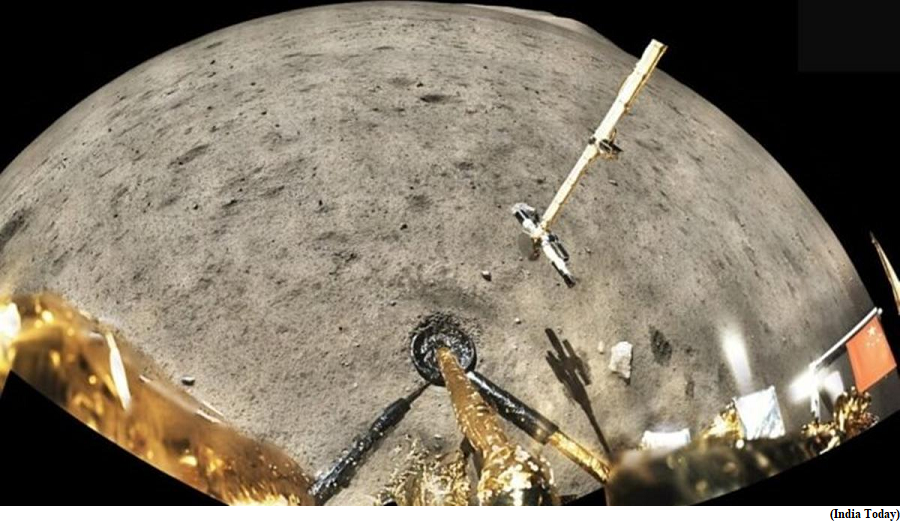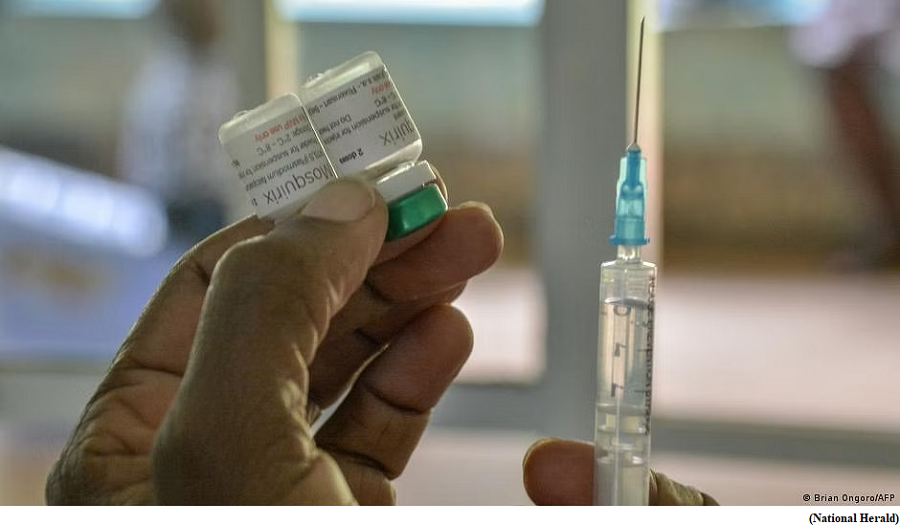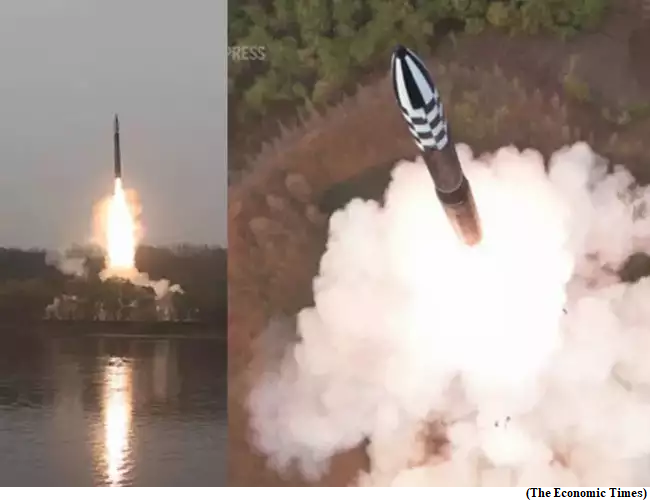China plans to build lunar base using moon soil by this decade (GS Paper 3, Science and Tech)

Why in news?
- After successfully returning samples from the surface of the Moon, China has plans for longer missions on the lunar surface with its taikonauts entering into lunar orbit.
- The country wants to build a lunar base using soil from the moon in the next five years.
‘Chinese Super Masons’:
- China previously retrieved soil samples from the near side of the moon with its Chang'e-5 mission in 2020, state media reported.
- Engineers have already designed a robot that will make bricks out of lunar soil to ready the infrastructure.
- Dubbed 'Chinese Super Masons,' the robot tasked with making the lunar soil brick will be launched during China's Chang'e-8 mission around 2028.
Lunar research base:
- China has already signed an agreement with Russia to build a research base on the Moon as more and more countries push for exploring the lunar surface.
- The stations will first operate autonomously before they are habituated by crewed missions in the future. The construction of the lunar base will begin as early as 2025.
- While engineers are undecided on the final location of the lunar base, initial studies put the Amundsen crater on the South Pole as a potential site.
- The location runs parallel to the US Artemis mission, which is also targeting the lunar south pole for its return to the Moon.
Ghana first to approve Oxford’s malaria vaccine for children
(GS Paper 2, Health)
Why in news?
- Recently, a malaria vaccine developed by Oxford University has received its first approval in Ghana as it intensifies its fight against the disease that claims a child’s life every minute.
- The initiative is one of many aimed at combating the mosquito-borne disease that kills more than 600,000 people annually, mostly children in Africa.

Oxford’s R21 vaccine:
- The vaccine has been approved for use in children aged 5-36 months, the age group at highest risk of death from malaria.
- Malaria vaccine development has long been hampered by the parasite’s complex structure and lifecycle.
- Oxford’s R21 vaccine was up to 80 per cent successful in clinical trials conducted in Burkina Faso when administered in three initial doses followed by a booster shot a year later.
Concerns:
- It is being considered for approval by the World Health Organization.
- Vaccines for children in Africa are usually contributed by international organisations such as UNICEF after being supported by the World Health Organization (WHO).
- It is unusual that a regulatory authority in Africa had reviewed the data quicker than the WHO.
- Ghana has a stable, well-functioning, and integrated regulatory system, according to an external benchmarking conducted by the World Health Organization in 2020.
- Also, it is still uncertain if R21 is good value for money, especially when compared to other cost-effective malaria interventions that have not been fully deployed across endemic countries, such as insecticide-treated nets or indoor residual spraying.
Vaccine by GSK:
- A separate vaccine developed by British pharmaceutical firm GSK plc was the first to be recommended by WHO for general use against malaria in 2022. It has since been given to more than a million children in Africa.
- However, studies have shown that after receiving a booster dosage, the vaccine from GSK only has a 60 per cent efficacy rate. Further, the company’s ability to manufacture the required number of doses has been hindered by a lack of money and economic potential.
Way Forward:
- The Oxford vaccine has an edge in manufacturing owing to its agreement with the Serum Institute of India to develop up to 200 million doses yearly.
- In contrast, GSK has committed to producing up to 15 million doses annually through 2028, far less than the estimated 100 million doses a year.
What is solid-fuel technology, and why is North Korea eager to develop it?
(GS Paper 3, Science and Tech)
Why in news?
- North Korea says it has tested a new solid-fuel intercontinental ballistic missile (ICBM), its first known use of the propellant in a longer-range projectile, as it seeks the capability to launch with little preparation.

What is Solid-Fuel Technology?
Who has that Technology?
- Solid fuel dates back to fireworks developed by the Chinese centuries ago, but made dramatic progress in the mid-20th century, when the U.S. developed more powerful propellants.
- The Soviet Union fielded its first solid-fuel ICBM, the RT-2, in the early 1970s, followed by France's development of its S3, also known as SSBS, a medium-range ballistic missile.
- China started testing solid-fuel ICBMs in the late 1990s.
- South Korea had already secured "efficient and advanced" solid-propellant ballistic missile technology.
Solid vs. Liquid:
- Liquid propellants provide greater propulsive thrust and power, but require more complex technology and extra weight.
- Solid fuel is dense and burns quite quickly, generating thrust over a short time. Solid fuel can remain in storage for an extended period without degrading or breaking down, a common issue with liquid fuel.
- The solid-fuel missiles are easier and safer to operate, and require less logistical support, making them harder to detect and more survivable than liquid-fuel weapons.
- Any country that operates large scale, missile-based nuclear forces would seek solid-propellant missiles, which do not need to be fuelled immediately ahead of launch.
What’s next?
- North Korea said the development of its new solid-fuel ICBM, the Hwasong-18, would "radically promote" its nuclear counterattack capability.
- Although the Hwasong-18 might not be a "game changer", it will most likely complicate the calculations of the United States and its allies during a conflict.
- The most important interest the United States and its allies have is to reduce the risks of nuclear use and escalation stemming from North Korea's possession of these weapons.




